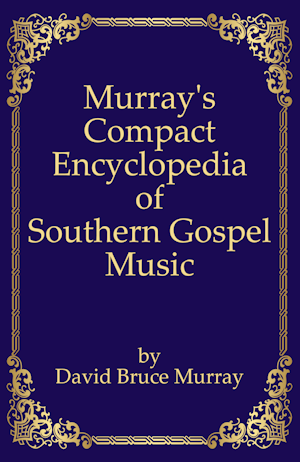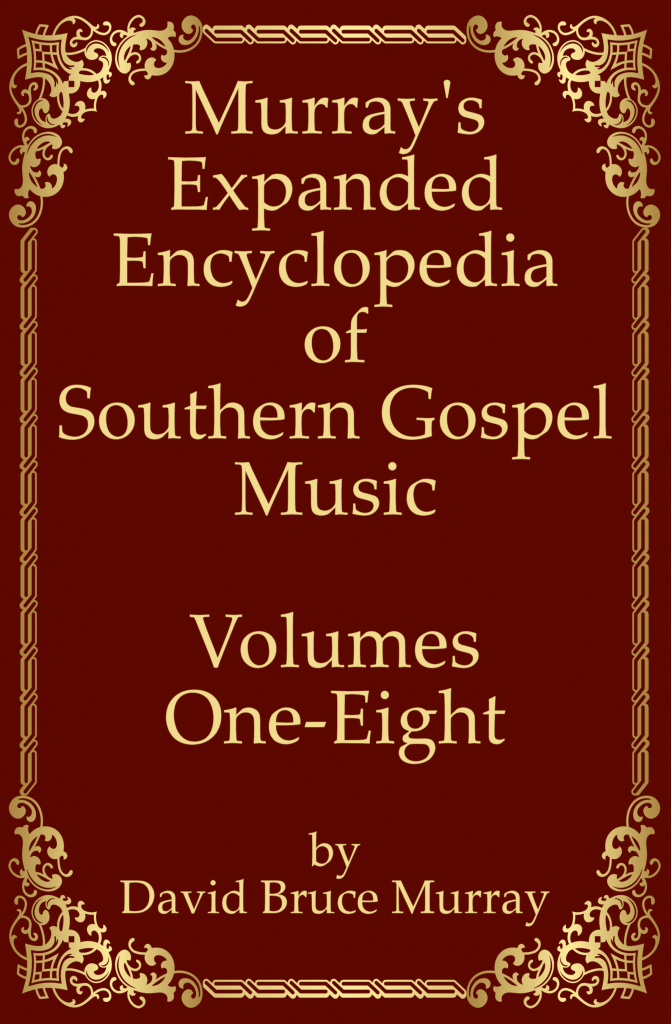
Brief history lesson – when recorded music first became a viable product, it came with an inherent limitation – length. Whether it was some power hungry crook who stole patents Thomas Edison’s cylinder phonograph or early shellac discs spinning at 78 RPM, the format could only hold around 3-4 minutes of music (in the case of 78’s, that was per side). That meant that, at most, each format could only carry two songs on any given product. As pre-recorded music grew in popularity, record companies producing these recordings started packaging these recordings in box sets or sleeved books (a.k.a. albums) so that a collection (or compilation) of songs could be sold together. After Columbia Records’ introduction of the 33.3 RPM Long Play album (LP), the need for books or packaged records faded, and the LP format became the industry standard.
That’s not to say that single songs couldn’t still be purchased. RCA had released their own 45 RPM format in the hopes that the older standard of buying books/collections of singles would ultimately stay intact. While the idea of full albums in the 45 RPM format died early on, the idea of singles became a way of promoting full-length albums, which is how we landed on the system that stayed pretty well in place for a good 50 years – albums of 10-12 songs on the LP* format, with 2-3 songs selected as singles to be sold individually and/or sent to radio.
*The “LP” is officially a trademark of Columbia Records, so while the format itself continues to be unchanged from Columbia’s original concept, “LP” is only legally applicable to records released by Columbia; by and large nowadays, they’re just called “vinyl.”
The concept of compilations didn’t go away, however. Every so often (usually after every 10-12 singles), record labels would release “greatest hits” compilations. These were usually marketed to casual fans who may not have an interest in collection 4-5 albums but still enjoy what they have heard on the radio. A new song or two may have been included to entice fans who already purchased the previous albums to fork out more money, but by and large, it was an easy way for record labels to make some additional money on previously-released material.
Then, in the late 90’s, thanks to the widespread adoption of the Internet, peer-to-peer file sharing allowed for individual songs to be digitally copied from a CD onto a computer hard drive and subsequently shared widely. While the music industry eventually learned how to adapt this concept into some sort of business model, the damage was done, and digital files became the go-to format for generations to come. Nowadays, there is a virtually limitless collection of music available on streaming platforms like Spotify and Apple Music. Pay a monthly subscription to the streaming service of your choice, and you get full access to their collective libraries. While not every artist is fully onboard with this new model (still reeling from the PTSD of having their music shared illegally, I’m guessing), for better or worse, it seems to be here to stay.
One side effect of this digital revolution is that every song released is essentially a single. You no longer have to purchase an entire album to hear one song. In a strange way, the industry has both progressed into the new century and reverted back 100 years at the same time. The difference here, though, is that these digital singles don’t require the manufacturing of a physical medium (45’s, cassettes, CD’s). So long as one has a subscription (or is willing to pay $0.99 to download a copy), you can pick and choose any songs you want, whether or not they were ever released as actual singles or sent to radio.
This is where I can’t help but question if compilations are now outdated. Sure, they make sense for a physical release, especially at the concert merch table, or if the albums where the songs originated are out of print and not available in any format, but if every song on a given compilation is already available in a digital/streaming format…why bother with a digital release of a compilation? That’s just more expense for digital distribution when a playlist can be created for free using the same songs.
One entity that has taken full advantage of the playlist concept is Gaither Music Group. They create playlists on a seemingly bi-weekly basis, and they run the gamut from “Favorite Bass Singers” to “Patriotic Favorites” to “Guy Penrod Favorites” to “Songs Bill Gaither Flosses To” (maybe?!), all using tracks that are already available on streaming platforms. They are not spending any extra money to release a compilation, and the playlists serve to direct listeners over to the respective source albums. It’s a win-win.
Last week, Brian Free & Assurance released their much-hyped 30th Anniversary compilation to digital outlets. Every single song on the collection is already currently available digitally on the respective source albums, so the only advantage to the digital compilation is just having all the songs in once place, which again, could’ve just as easily been done with a playlist. There are no new/exclusive tracks included that I’m aware of, and the songs have been pulled directly from previous albums, so what’s the incentive here? From a digital standpoint…my playlist of all BFA releases already does what the compilation does and more because I added each full album to it. That’s not to say that they shouldn’t release a special compilation for their anniversary (a two-disc CD or even vinyl set would probably sell well, especially at concerts); I just don’t see a merit to putting the same songs in the same place twice, effectively splitting a microscopic streaming revenue across two digital albums.
In reality, compilations are remnants of (and are better suited overall for) a physical medium, where each album is sold separately. Having a “greatest hits” package in a single collection allows consumers to decide if they want to buy 4-5 albums worth (if not more) of an artist’s catalog at $10-15 each (which can add up quickly) or if they prefer to fork out a couple extra bucks for one compilation album of just the best-known songs. Heck, one of the top five best selling albums of ALL TIME is the Eagles’ Their Greatest Hits (1971-1975), which has sold more than 40 million copies, so there’s something to be said for compilations, at least from a physical copies standpoint.
Where streaming has effectively rendered compilations pointless, though, is the subscription model. Whether you choose the compilation or the full albums, you’re still paying the same monthly subscription. There is no longer a financial incentive for casual fans to just buy the compilation rather than the full collection, because you have access to a lot (if not all) of the artists’ catalog already. The only difference between a compilation album and a playlist is that creating streaming playlists costs nothing, whereas compilation albums (even to streaming platforms) still come at a cost to the artist and/or label – licensing/royalties for a new album, digital distribution fees, and potentially new artwork. And yes, even if it’s a previously-released track, if it’s on a new album, it needs a new mechanical license. With the break-even point on streaming platforms so ridiculously high, one wonders if it’s even worth releasing, beyond the convenience of listeners not having to build the playlist themselves (or having some level of control over what the artist/label considered their best tracks).
What say you? Do you see a merit to a separate digital compilation album when all the songs included are already available? Do you have an incentive to listen to a digital compilation over creating your own playlist?






I think the philosophy behind the compilations (greatest hits in all one place) is primarily for “marking the moment.” Yes, you could accomplish the same thing with a playlist but it doesn’t have the same kind of gravitas as a “best of” project. I don’t disagree with that it doesn’t make a ton of financial sense but I think the label is wiling to take the hit on that to honor the artist. My two cents…
For one, I’m a relatively new Inspirations fan. I’m 33 and saw them more last year (four times) than ever.
The new compilation album they released did actually help introduce me to some Inspirations songs that I didn’t previously know like “Looking to Live.”
The same album also files the songs together on my iTunes so I can just listen to those songs I chose to purchase digitally from that album.
For that- I see the current value. Also, for anyone buying the usb version in concerts- I see the current value.
A digital compilation makes more sense for the more casual fan if like album to single, the album price is cheaper per track than buying individually. Plus some material gets taken off of streaming platforms, so owning the music is a good things.
It depends on what kind of cuts you’re looking for. For a secular example, look at Jan & Dean. You have album cuts of songs like “The Little Old Lady from Pasadena” or “You Really Know How to Hurt a Guy”; but then a digital compilation can be useful for including deep cuts or even alternate takes and arrangements.